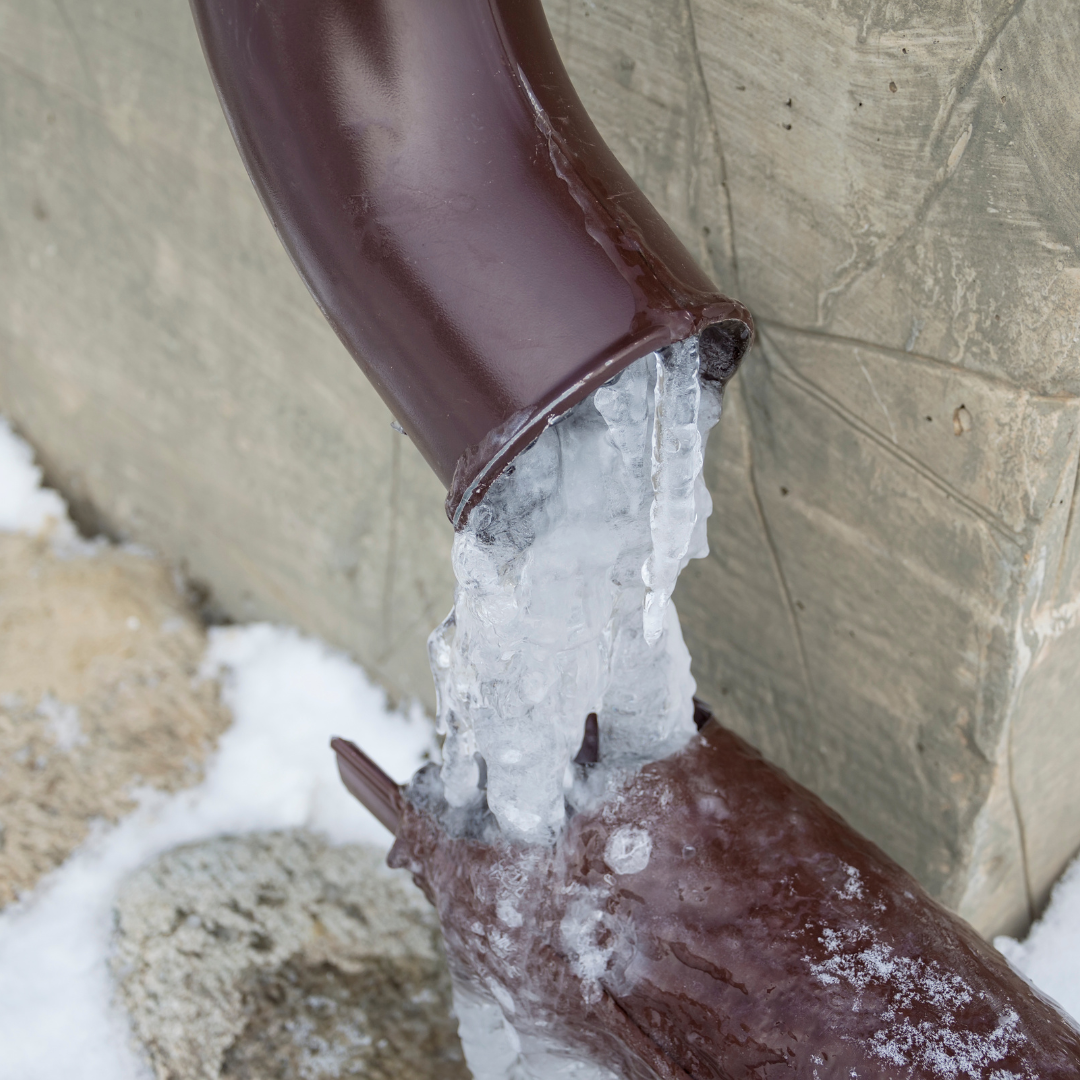Knowing what to do when your pipes freeze and how to unfreeze them can help prevent home destruction.
Identifying Frozen Pipes: The first step in dealing with frozen pipes is to identify which pipes are affected. Look for the following signs:
1. No water coming out of the faucet when you turn it on.
2. Frost on visible pipes.
3. Unusual bulges or frost on the pipe itself. If you suspect that a pipe is frozen, it's crucial to act quickly to prevent further damage.
What to Do If Your Pipes Freeze: If you discover that your pipes are frozen, here are some steps you can take to mitigate the situation:
1. Keep the faucet open: As you locate the frozen pipe, keep the faucet open to allow water to flow once the pipe starts to thaw. Running water through the pipe, even if it's cold, will help to melt the ice.
2. Apply heat to the affected area: You can use a hairdryer, heat lamp, space heater, or towels soaked in hot water to apply heat to the section of the pipe that is frozen. Start from the faucet end and work your way towards the blockage.
3. Use a heating pad: If the frozen pipe is accessible, consider wrapping it with an electric heating pad or applying heat tape to gradually thaw the ice inside.
4. Never use an open flame: Under no circumstances should you use a torch or open flame to thaw a frozen pipe, as this can create a fire hazard.
How to Unfreeze Your Pipes: If you have successfully located the frozen section of the pipe, you can proceed to unfreeze it using the following methods:
1. Apply gentle heat: Use a hairdryer, heat lamp, or portable space heater to apply gentle heat to the frozen area. Be patient, as thawing the pipe may take some time.
2. Wrap pipes in towels: Wrapping towels soaked in hot water around the frozen pipe can help to gradually raise the temperature and thaw the ice.
3. Use a heat gun: A heat gun can be used to apply targeted heat to the frozen area, but be cautious not to overheat the pipe or cause damage.
Preventing Future Freezing: To prevent your pipes from freezing in the future, consider the following preventative measures:
1. Insulate pipes: Insulate any exposed pipes, especially those in unheated areas such as basements, attics, and crawl spaces.
2. Keep the heat on: During extremely cold weather, maintain a consistent temperature in your home, and open cabinet doors to allow warm air to reach pipes under sinks and appliances.
3. Seal air leaks: Seal any drafts or air leaks near pipes to prevent cold air from reaching them. By taking these precautions, you can reduce the risk of frozen pipes and the potential for water damage in your home. In conclusion, dealing with frozen pipes requires swift action and the application of safe thawing methods.
By following the steps outlined in this post and taking preventative measures, you can protect your homes value. Head to the Easy Bids platform and hire a provider to take of your pipes today.

